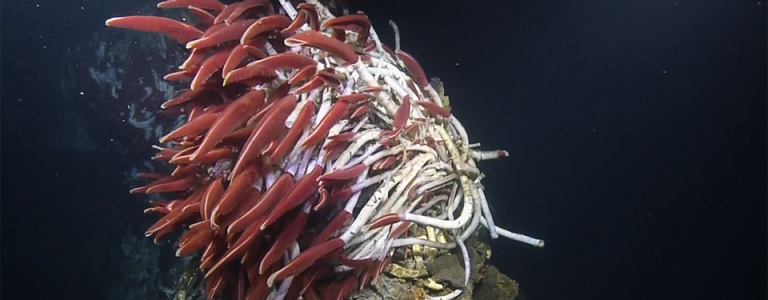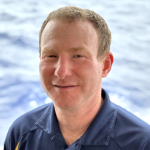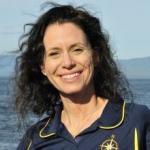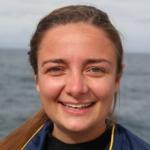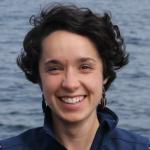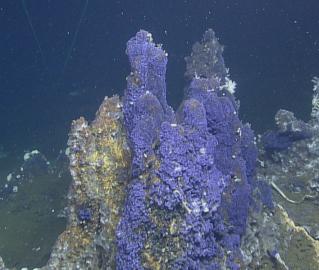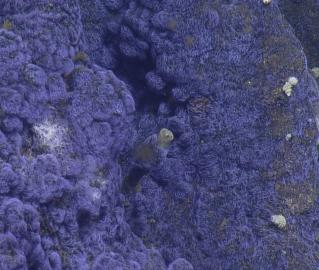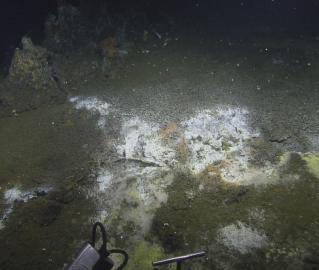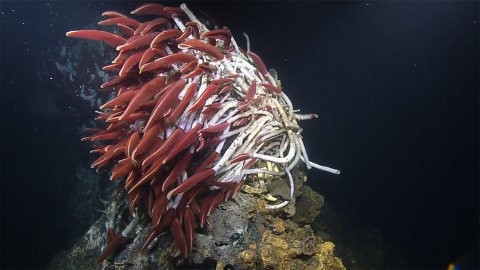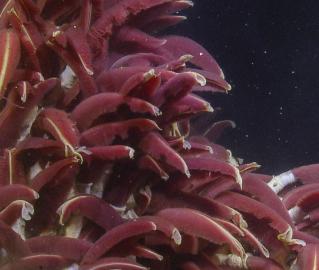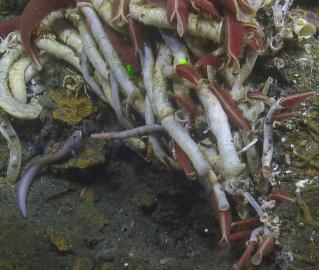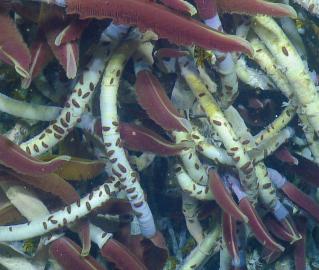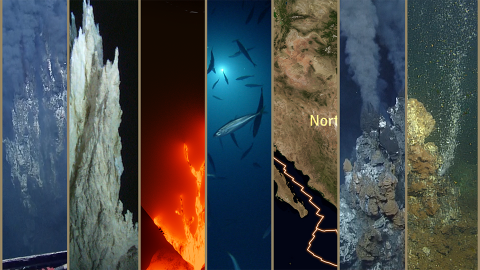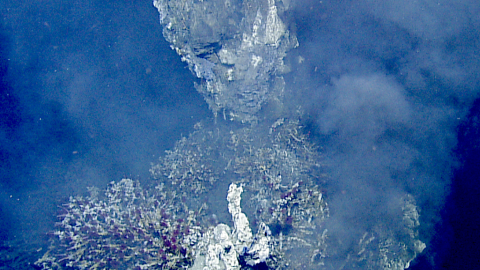Moving closer to shore, Nautilus will begin to explore the Gulf of California (GOC), one of the most notable bodies of water on Earth. Thanks to the nutrient-rich waters that once flowed from the Colorado, the GOC was among the most productive of seas and is diverse in its geography, geology, oceanography, and biology. The GOC is an area of active seafloor spreading directly linked to the San Andreas Fault System. It is well known as an area of basaltic magmatism in a young, continental rift filled with organic-rich sediments, thought to be a potential source of carbon dioxide that is vented into the oceans with implications for marine chemistry and climatic effects.
There have been several previous studies in the Guaymas Basin of the central Gulf of California. These have provided background bathymetry of well-defined spreading axes bounded by transform faults and the locations of numerous hydrothermal vents, with different vent characteristics, fauna and fluid temperatures. Hydrothermal vents in this environment are distinctly different from those of typical mid-ocean ridge vents with very different fluid chemistry and ecosystems.
A multidisciplinary study of the GOC will provide rich information on the dynamic environment of a young, diverse, and evolving ocean basin. Particular areas of interest for this Nautilus expedition include the interaction between hydrothermal fluids, organic-rich sediments, and magma, and their impact on seafloor biological communities at a prominent spreading center in the Guaymas Basin. Nautilus will use ROVs, specialized instruments, and acoustic mapping systems to map and explore new vent study sites, collect biological, mineralogical, and geological samples, and collect high-resolution video.
